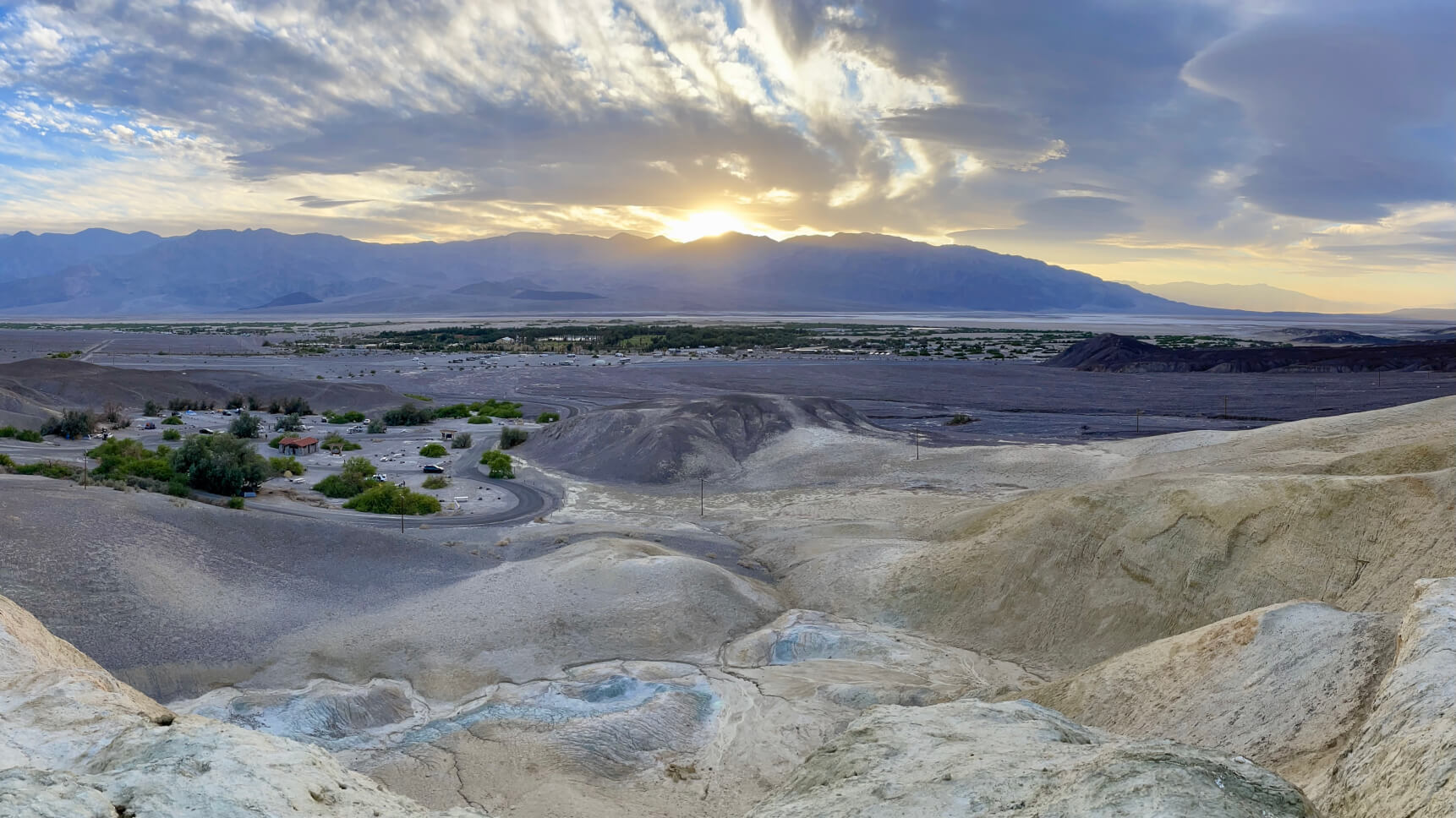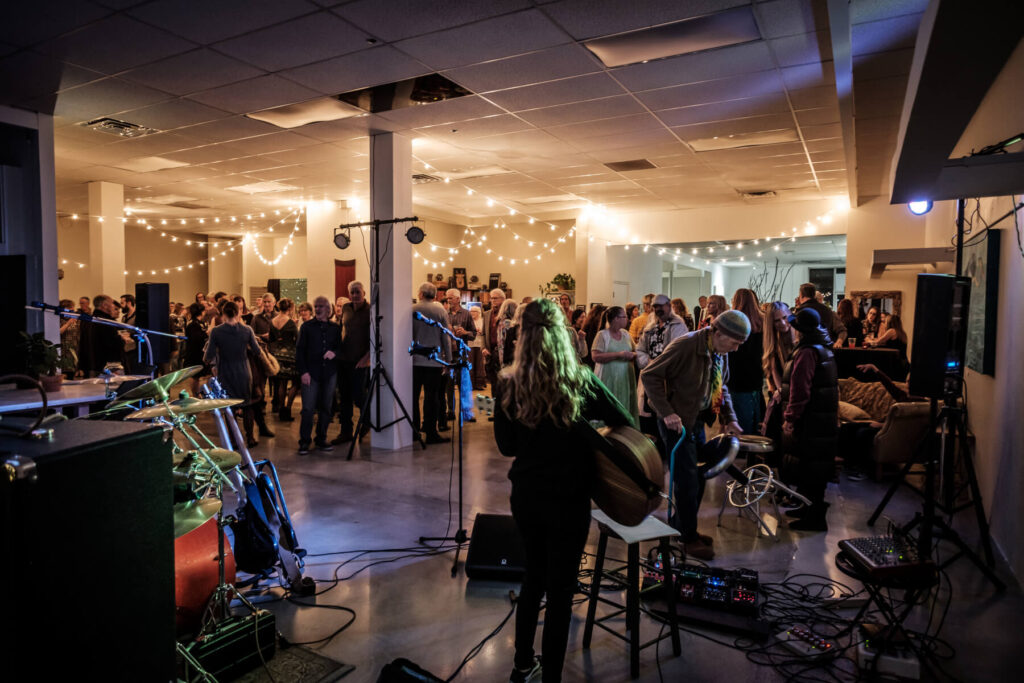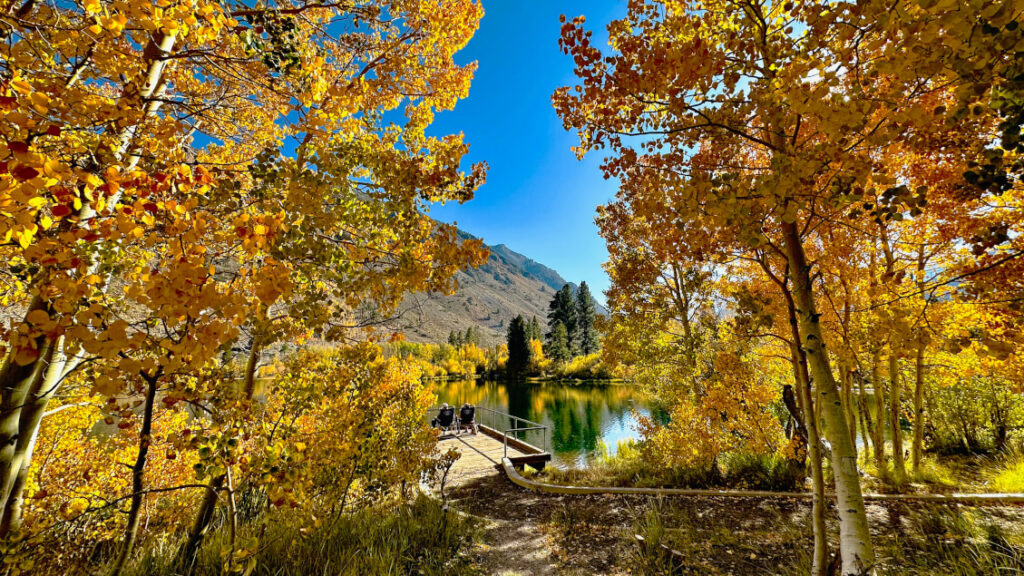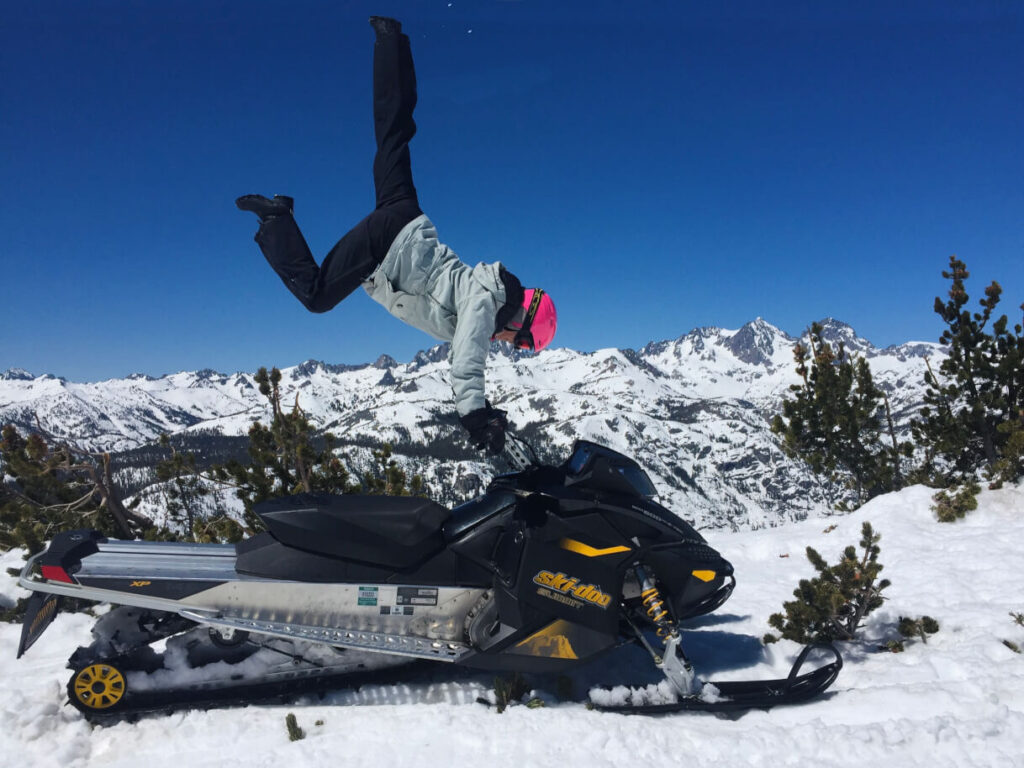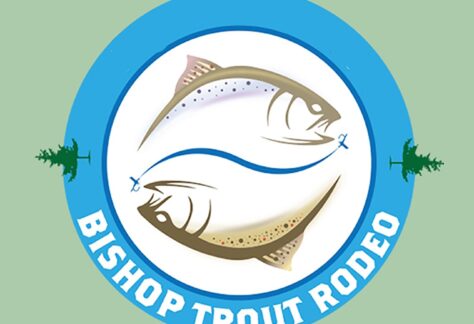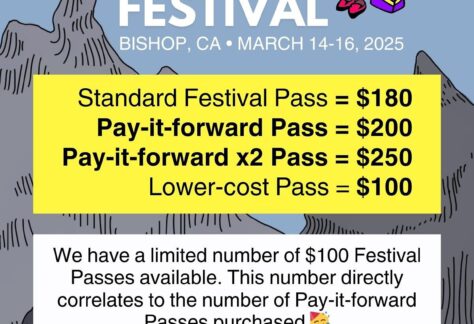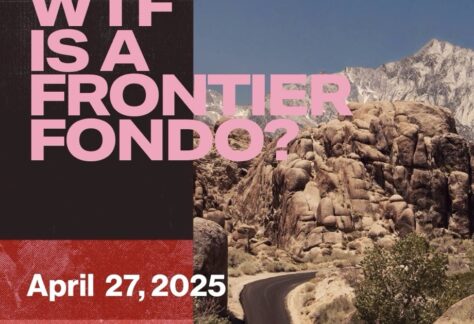Hottest. Driest. Lowest.
This is Death Valley National Park where the lowest point on the North American continent, Badwater Basin, lies at 282-feet below sea level. It’s where the highest ever recorded temperature on Earth was a blistering 134.1 degrees Fahrenheit in 1913. Its where the average annual rainfall is a mere 2.2-inches.
Despite its macabre name, this monumental landscape is strikingly beautiful and does, in fact, sustain a large variety of life. The sheer size and diversity of its terrain creates opportunity for plants, animals, and insects to survive and thrive in a seemingly hostile environment.
For almost two hundred years since its discovery by white settlers, it has been studied, photographed, and visited by millions of people from all over the world.
Table of Contents
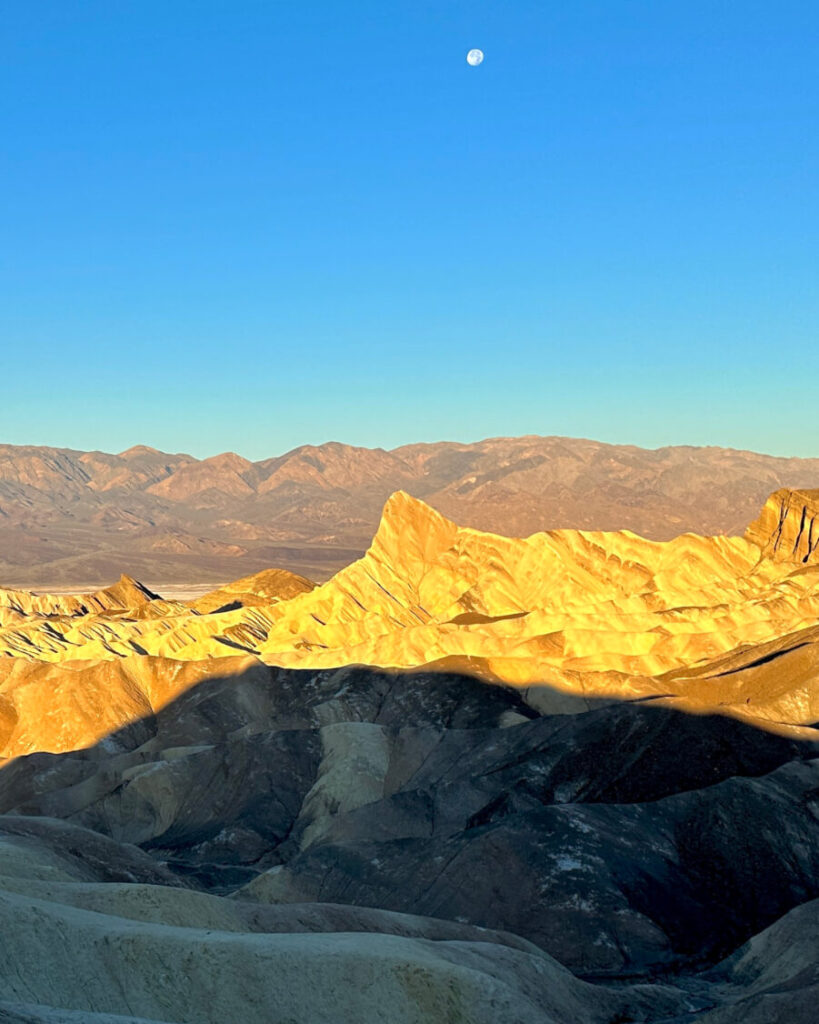
Death Valley National Park is one of my all-time favorite parks. I’ve spent many wonderful hours and days here. I’ve camped here, cycled these legendary roads, hiked along the dusty trails, waited patiently for sunrises and sunsets, and indulged excellent food at the resort’s restaurants.
Over 1.5-million people visit this park annually. It’s a trip that should be planned with care. Temperatures during the summer months from May to September average over 100°F and often exceed 120°F. After all – it is the hottest place on Earth. Winter and spring in the park are warm, wild, infrequently wet, and occasionally covered with wildflowers. It is a land of extremes and contradictions; and it’s stunningly beautiful.
Where is Death Valley National Park?
Death Valley National Park is the largest national park in the contiguous United States. It lies almost entirely within southeastern Inyo County, covering 3,000 square miles of the county along the California-Nevada border, with a small spur of 110,000 acres jutting into Nevada. The park’s total land area is a little under 3.5-million acres with 91% of it designated as Wilderness.
It’s an important park. But more than that, it’s a diverse and incredible park.
The landscape that is protected by this park spans two of North America’s four major deserts—the Great Basin Desert and Mojave Desert. The park is also a principal feature in the Mojave and Colorado Deserts Biosphere Reserve created by UNESCO (United Nations Educational, Scientific and Cultural Organization) in 1984.
Getting to Death Valley National Park
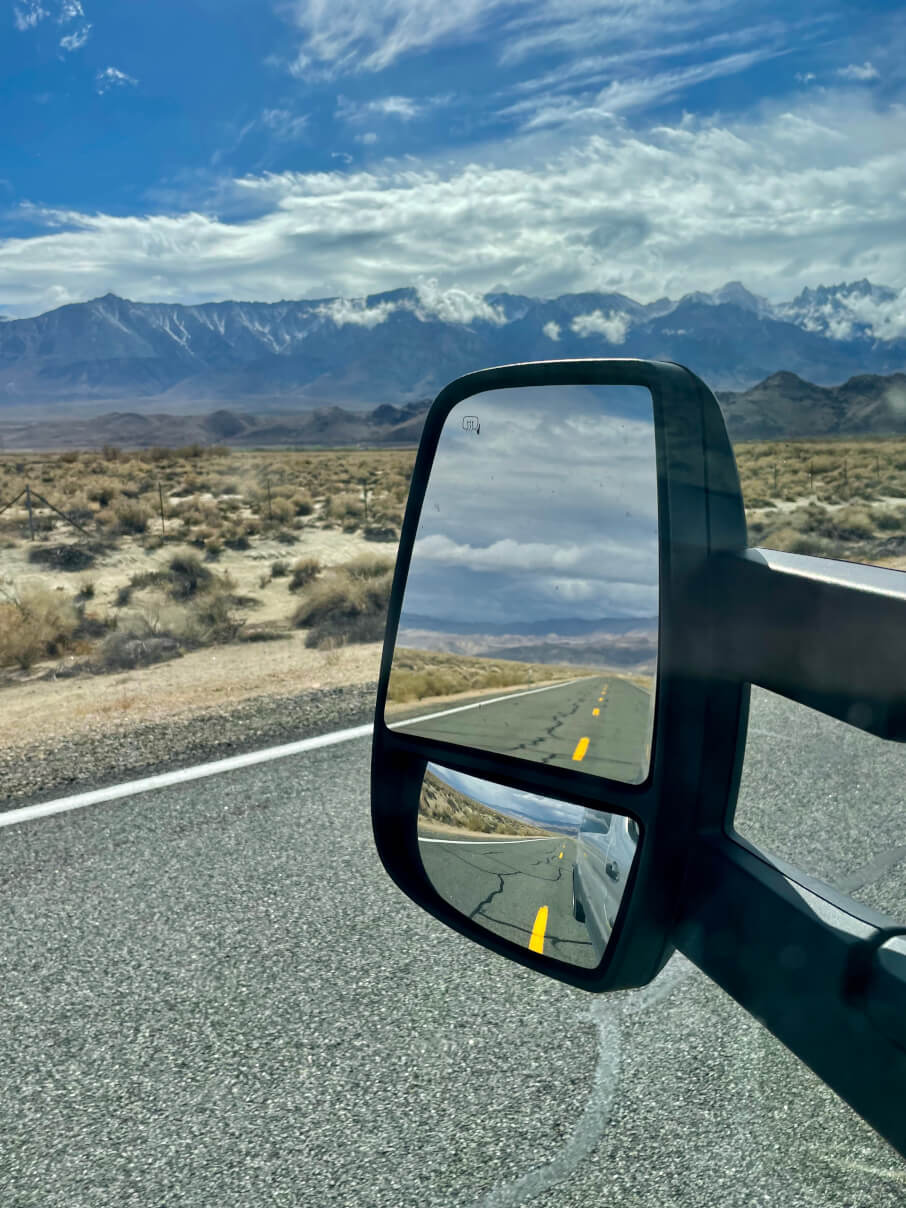
The western gateway to the park is near Lone Pine in the Eastern Sierra. The drive from Lone Pine to Furnace Creek is a little under 2-hours. A visit to the park’s top must-see destinations; Badwater Basin, Artists Drive, Zabriskie Point, and Mesquite Flat Sand Dunes can all be visited by car in a day trip. Plan an overnight stay to see more destinations within the park.
ALWAYS when traveling in Death Valley National Park carry plenty of water or sports drinks and salty snacks with you. Stay on paved roads in summer and don’t leave your vehicle if it breaks down. Be aware of symptoms of heat illness like dizziness, headaches, or nausea. Stay in your vehicle, drink water or sports drinks, and dampen your clothes to lower your body temperature. Travel prepared to survive.
Longer trips can include activities such as hiking, biking, trail running, backpacking, canyoneering, backcountry driving, night sky watching, and camping. Most of these activities are best done in the cooler months of the year with good planning.
What to see in Death Valley National Park?
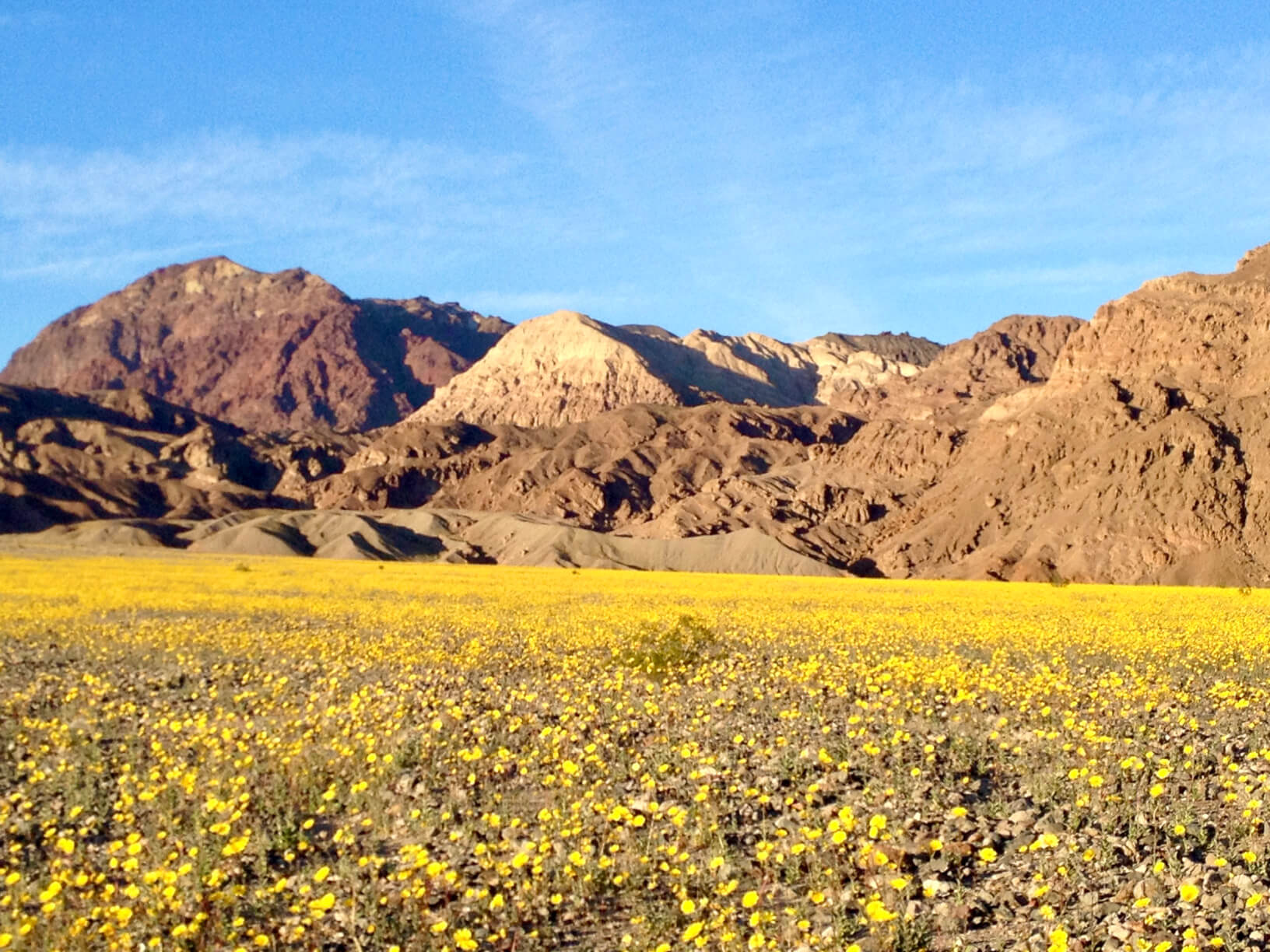
The ancient natural history of Death Valley National Park is presented in a strikingly visual display of extremes. Tall mountains, snow-capped in winter, flank deep rift valleys with windswept sand dunes that rise and fall across the plains below. Rugged canyons etched by eons of wind and water reveal layers of rock in a rainbow of earthy colors. Massive craters in the alluvial fans, draped across the valley floor, are surreal evidence of recent volcanic activity. Parched earth erupts in a bloom of wildflowers after infrequent rainstorms flood the plains and nourish the dormant seeds. This is a primordial land of contrasts and superlatives.
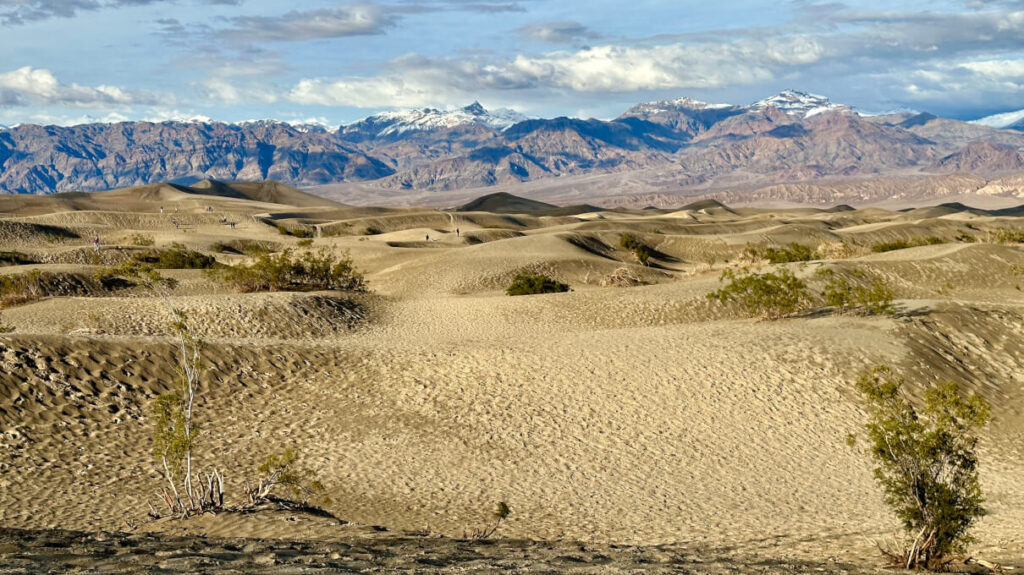
large winter storm
Witness the forces of nature from Dante’s View and Zabriskie Point, marvel at the stunning colors of Artists Palette along Artists Drive, walk out onto the starkly white, geometrically shaped salt flats of Badwater Basin, or stand on the edge of Ubehebe Crater. Visitors are awed by the hidden landscapes and variety of textures and colors that make up diverse environments within the park such as Mesquite Flat Sand Dunes, Mosaic Canyon, and Darwin Falls.
The region has a long and storied history in mining. The historic structures, equipment remnants, and artifacts from days of old can be seen throughout the park. Follow in the path along Twenty Mule Team Canyon, walk among the ruins of the Harmony Borax Works, and marvel at the tall tales at Scotty’s Castle.
Badwater Basin
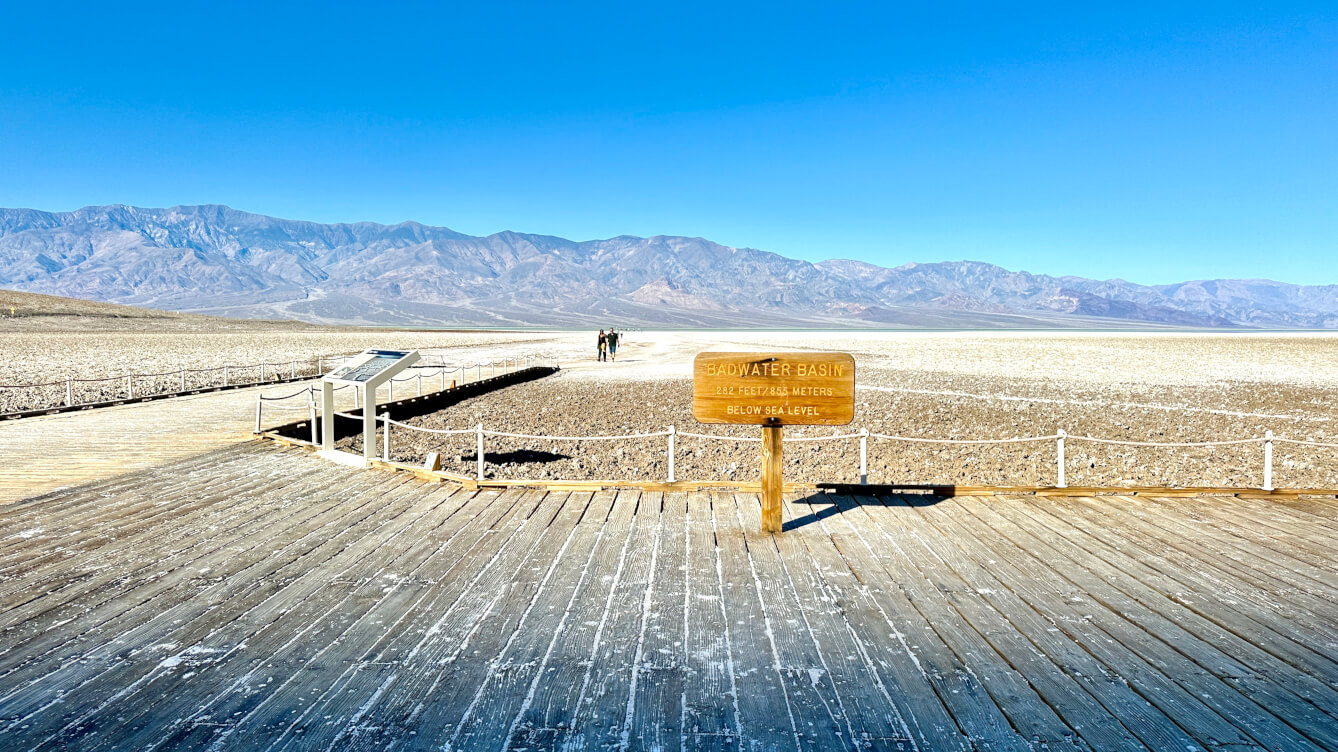
Badwater Basin which sits at 282-feet below sea level is the lowest point on the North American continent, it’s the second-lowest point in the Western Hemisphere, and it ranks at number 8 on the list of “lowest exposed land on the earth’s surface.”
Legend has it that an early surveyor in Death Valley brought his mule to the spring that forms a perennial pond in the basin and it refused to drink the ‘bad water’. The water is in fact not bad, just very salty.
Furnace Creek
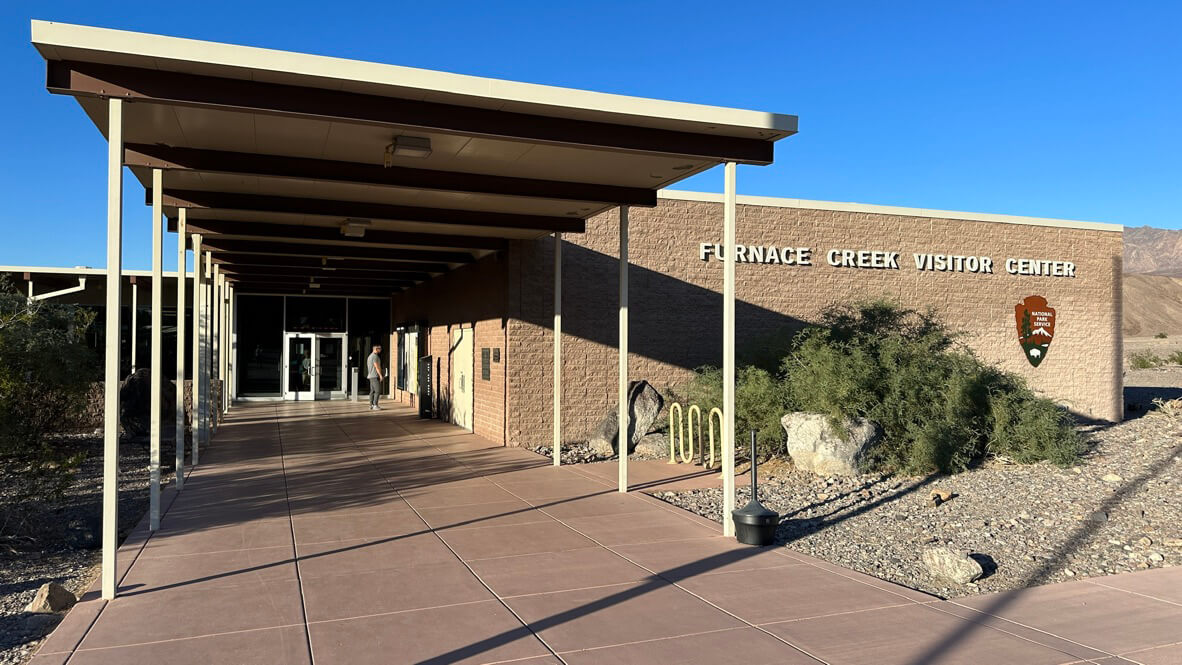
Furnace Creek was originally the mining settlement known as Greenland Ranch. Natural springs feed the many creeks that seep and flow through the park and it is this perennial water source that allowed for large alfalfa fields to grow here in the late 1800s – hence its original name of Greenland Ranch.
Natural springs still provide an abundance of water to the valley and sustain the beautiful tourist hub of this National Park at Furnace Creek. The park service and its concessionaires maintain a beautiful and sprawling complex of hotels, golf course, campgrounds, visitor center, shops, swimming pool, playgrounds, and a single-runway, civil aviation airport.
Furnace Creek in Death Valley is famous for its intense summer heat and holds the world record for the highest ever recorded temperature on Earth! On the afternoon of July 10, 1913, the ambient air temperature was recorded at a blistering 134.1 degrees Fahrenheit. More recently, in 2018, the average temperature during the month of July was 108.1 deg. F., making it the hottest single month ever reliably measured anywhere on Earth since records began in 1911.
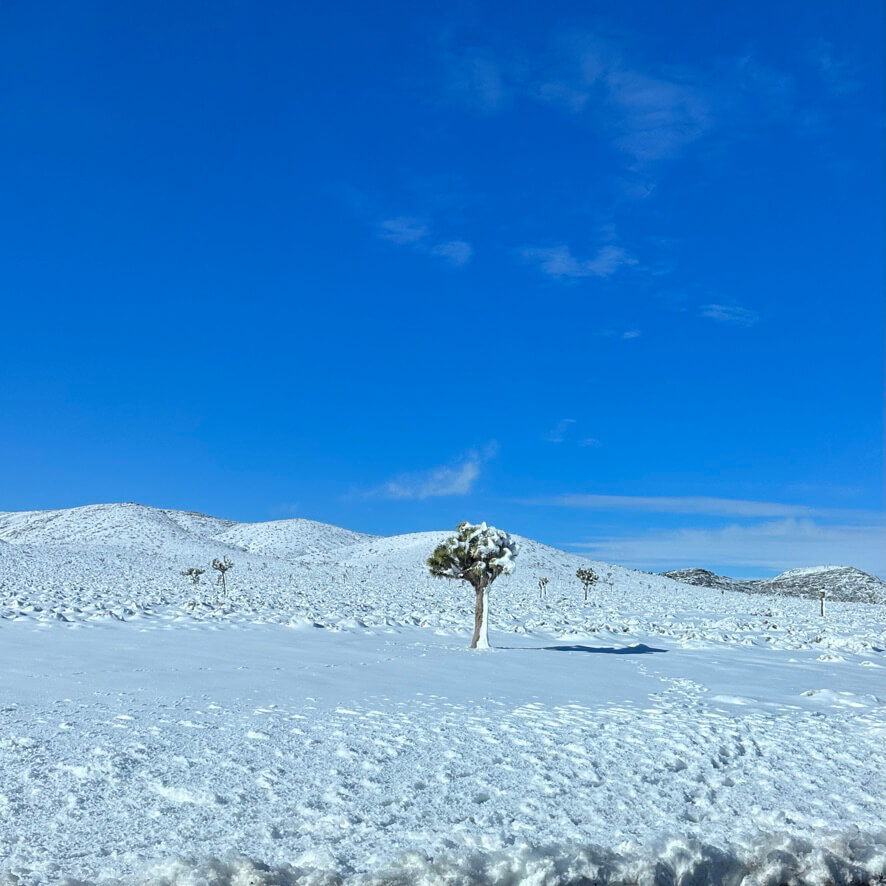
I’ve seen a superbloom of wildflowers in spring, a lake on the usually dry Badwater Basin, wet sand dunes, and snow where it doesn’t usually snow.
History of Death Valley
Before white settlers discovered Death Valley the region had been successfully inhabited for thousands of years by Native American cultures, the most recent known today as the Timbisha Shoshone Tribe. Members of the tribe still live on ancestral lands within the park at Furnace Creek.
In 1849 a group of pioneers became trapped in this forbidding valley. They, like hundreds of others heading to the newly discovered California gold fields, were part of the exodus of people from the east, that today we call the ‘49ers, who were looking for a better life in the west. This particular group ended up here after following a ‘short cut’ off the Old Spanish Trail which was a known trail at the time. After four months of searching for a route out of the valley, having slaughtered some of their oxen for meat and burning their broken-down wagons as cooking fuel, they were led over the Panamints to eventual safety. They became known as “The Lost ‘49ers” and although only one of their party died here, it is said that while they made their way over the mountains one of them turned back and said, “Goodbye Death Valley” thus giving it its morbid name.
The California gold rush and discovery of this valley eventually brought prospectors to it in the early 1880s. The minerals in these vast salt flats were easy to extract and valuable at the time. They were, however, difficult to transport. The best known of these is borate and in 1881 the first commercial borax mining company, Eagle Borax Works, was established in Death Valley. In 1883 the Harmony Borax Works was built and remnants of this once profitable venture can still be seen near Furnace Creek. The product was moved out of the valley by huge wagons drawn by teams of twenty mules and some years later the trade name 20-Mule Team Borax was registered.
Camping
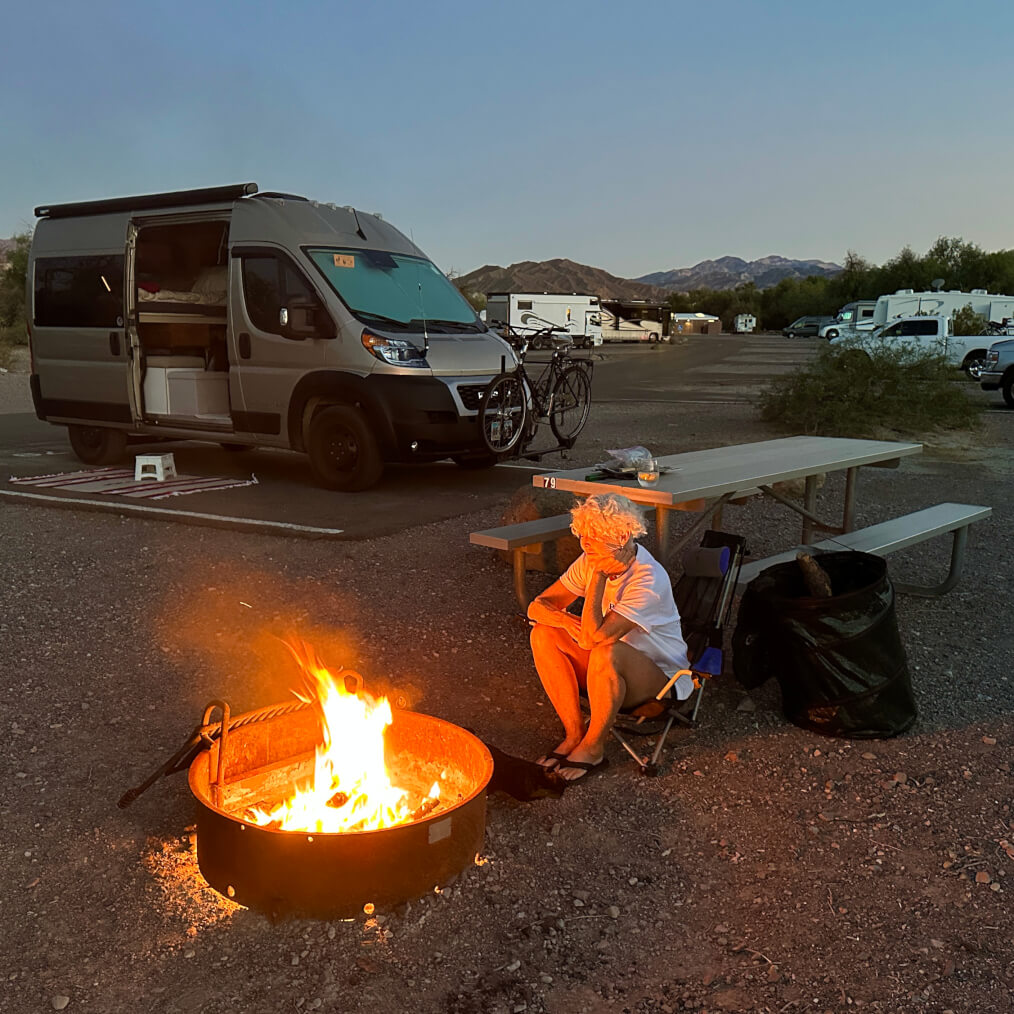
The best season for camping in Death Valley is from fall to spring, about October to April. Reservations are required for some campgrounds and these generally fill up months in advance. Other campgrounds are first-come-first-served and usually fill up quickly on weekends and holidays. Primitive camping is allowed in certain areas and free permits are required. Summer camping is limited due to the extreme heat in the valley. Higher elevation campgrounds, Mesquite Spring, Emigrant, and Wildrose are cooler. All open campgrounds are first-come-first-served and usually fill up fast on holidays and weekends. Primitive camping in summer is not recommended due to poor cell service, lack of water, exposure to the elements, and risk of vehicles breaking down on rough roads.
More information on camping in Death Valley can be found here.
Stargazing
Death Valley National Park is a designated Gold Tier Dark Sky Park, the highest rating of darkness, by the International Dark-Sky Association. It offers some of the best stargazing in America. Visitors are encouraged to attend the annual spring Dark Sky Festival to explore the night sky and the unique park landscapes. This event is a collaboration between Death Valley National Park, non-profit partner Death Valley Natural History Association, NASA‘s Goddard Space Flight Center, Jet Propulsion Laboratory and Ames Research Center, SETI Institute and California Institute of Technology.
Be Prepared
Heat kills. Know before you go and be prepared when visiting Death Valley National Park. For more information on safety and best practices check out this page.
Recreate Responsibly
Formed in 2020 a few months into the Covid-19 pandemic a coalition of representatives from leading outdoor industry organizations convened to discuss and address issues arising from the increase in visitation to accessible natural spaces and public lands and Recreate Responsibly was born. Learn about how to “care for one another and the places we play” here and join the movement.
Leave No Trace
The seven principals of Leave No Trace are: plan ahead & prepare, travel & camp on durable surfaces, dispose of waste properly, leave what you find, minimize campfire impacts, respect wildlife, and be considerate of others. Learn more about these and what you can do.
Death Valley FAQs
For more about Death Valley and other frequently asked questions visit this page.

